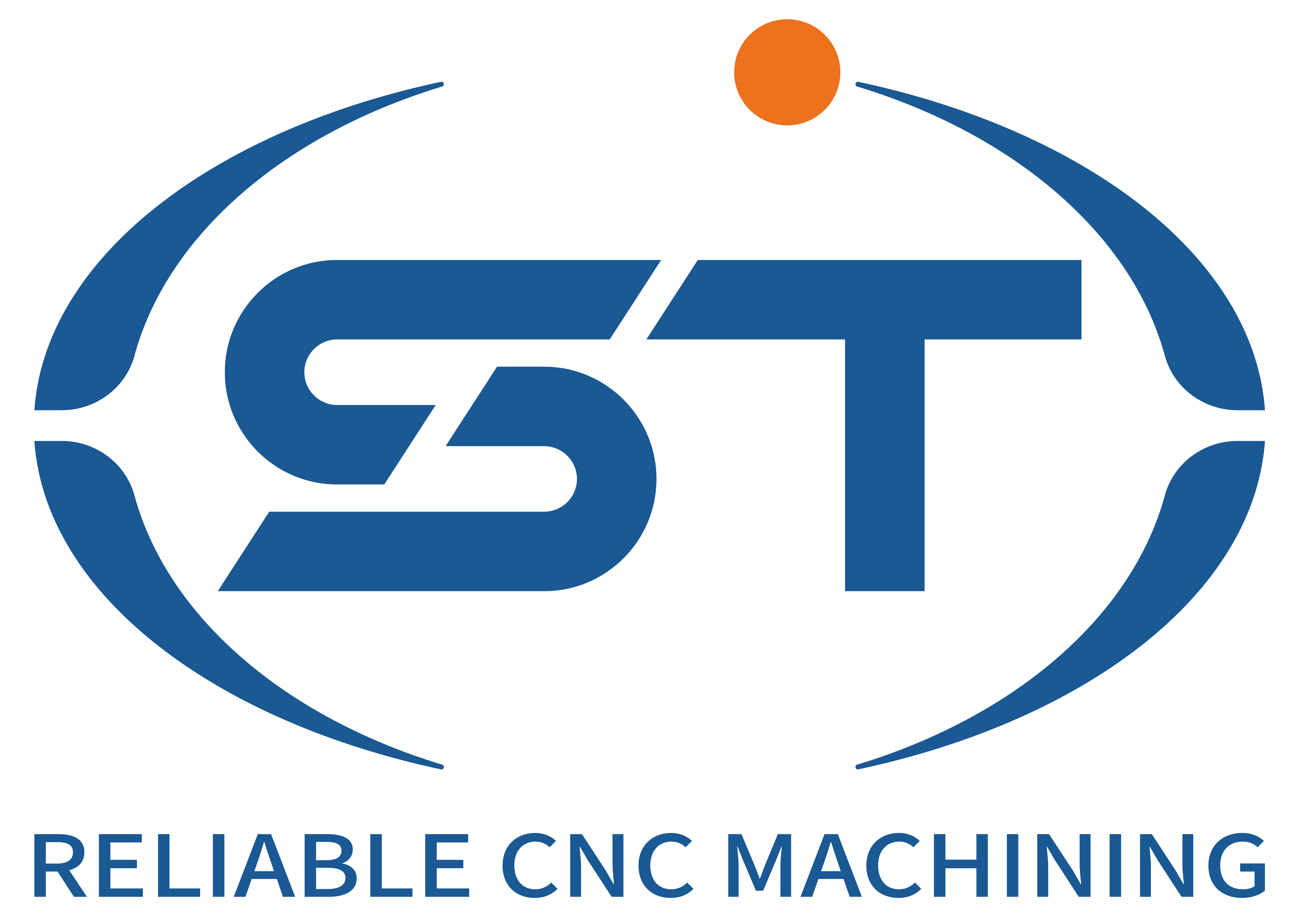Table of Contents
ToggleIntroduction to CNC Machining and Material Selection
CNC (Computer Numerical Control) machining represents a cutting-edge technology widely utilized across various industries, such as aerospace, automotive, and electronics. It involves the use of computer-controlled machines to perform precise machining operations on materials. As industries continue to evolve, CNC machining has gained significance due to its ability to produce complex geometries with high precision and efficiency. This technological advancement calls for an informed selection of materials, which plays a pivotal role in the machining process.
The choice of material in CNC machining directly influences the quality of the final product. Different materials exhibit varying properties, such as strength, weight, and thermal resistance, which can significantly affect precision and durability. For instance, metals like aluminum and titanium are favored for their strength-to-weight ratio, making them suitable for applications requiring lightweight yet robust components. Conversely, plastics have gained popularity in applications where corrosion resistance or electrical insulation is paramount.
Moreover, the cost implications associated with various materials can also drive decision-making in CNC machining. While some materials may offer superior performance, their high costs may deter usage in certain projects. An assessment of overall costs, supply availability, and material characteristics is essential in selecting the right options for specific applications. As technology advances, new materials emerge that meet industry demands for high-performance components while minimizing costs. Understanding these factors is crucial for manufacturers aiming to optimize productivity and quality.
This introduction sets the stage for exploring the latest CNC materials trending in 2025. By delving into material properties and their implications for machining, manufacturers can make informed choices that enhance their production capabilities and elevate their competitive edge.
Overview of Top CNC Materials for 2025
As the landscape of CNC machining evolves, so does the selection of materials available for various applications. In 2025, users can expect a variety of materials, each with its distinct features and benefits, catering to a range of industries. The top CNC materials include metals, polymers, and composites, each offering unique properties that influence their performance in different contexts.
Starting with metals, aluminum remains a top choice due to its lightweight, excellent machinability, and resistance to corrosion. These properties make aluminum ideal for applications in automotive and aerospace sectors, where weight reduction is crucial. Additionally, titanium is gaining traction due to its high strength-to-weight ratio and biocompatibility, making it highly suitable for medical implants and aerospace components. Its ability to withstand extreme conditions underscores its recommendation for CNC machining.
Switching to polymers, nylon stands out as a versatile material appreciated for its durability, low friction, and resistance to chemicals. Often employed in manufacturing gears and bearings, nylon facilitates efficient operation in many mechanical applications. Polyether ether ketone (PEEK) is another polymer making waves in 2025. PEEK exhibits remarkable thermal stability and chemical resistance, positioning it as a premium choice for industries requiring high-performance parts such as fixed-wing aircraft and medical devices.
Composite materials, particularly carbon fiber reinforced plastics (CFRP), continue to rise in popularity. These components combine the lightweight nature of plastics with the strength of carbon fibers, making them suitable for high-performance applications in sports equipment and automotive sectors. They effectively reduce overall weight, enhance strength, and offer resistance to environmental wear, establishing themselves as robust choices for CNC machining.
In summary, the diverse materials available for CNC machining in 2025, including metals, polymers, and composites, provide manufacturers and engineers with numerous options to address specific engineering challenges efficiently. Understanding the properties and applications of each material will enable informed choices, ultimately leading to improved performance in various projects.
Factors to Consider When Choosing CNC Materials
When selecting materials for CNC machining, several critical factors must be evaluated to ensure the final product meets both performance standards and cost-effectiveness. The first consideration is the mechanical properties of the material, which include strength and ductility. Materials with high tensile strength are essential for applications requiring durability, while ductility is important for parts that must undergo deformation without fracturing. For instance, aluminum alloys often provide a good balance between these properties, making them suitable for a wide range of machining applications.
Thermal properties also play a significant role in material selection. The thermal conductivity and resistance of a material can affect its performance during CNC machining processes that generate heat, such as milling and turning. For example, materials with high thermal conductivity, like copper, are frequently used in applications that require efficient heat dissipation. Conversely, materials that can withstand high temperatures without losing their integrity, such as certain steel alloys, are preferred for high-stress applications.
Compatibility with CNC machinery is another vital factor. It is crucial to ensure that the selected material can be efficiently machined with the existing equipment. Some materials may require specialized tools or adjustments to machining parameters, which can increase costs and production time. Additionally, manufacturers must consider the expected lifespan of the product being created. Using materials with superior durability can reduce the frequency of replacements, thereby lowering long-term operational costs.
Lastly, cost implications should not be overlooked. While high-performance materials may offer benefits, they often come with higher price tags. Analyzing both the upfront costs and the potential long-term savings can lead to more informed decision-making. By carefully assessing all these factors, individuals and companies can select CNC materials that optimize performance, cost, and lifespan.
Future Trends and Innovations in CNC Materials
The landscape of CNC machining is undergoing considerable transformation, driven by advancements in material science that are poised to shape the future of manufacturing. By 2025, we can expect the emergence of new composite formulations that combine the benefits of multiple materials, resulting in superior performance characteristics. These advanced composites will offer enhanced strength-to-weight ratios, making them ideal for industries such as aerospace and automotive, where performance and efficiency are paramount.
Another significant trend is the shift towards eco-friendly materials. The increasing emphasis on sustainability is inspiring manufacturers to explore alternatives to traditional materials. Bio-based composites and recycled materials are gaining traction, allowing operators to minimize their environmental footprint while maintaining product quality. Innovations in bioplastics, which are derived from renewable resources, offer exciting possibilities for reducing reliance on petroleum-based materials in CNC processes.
The development of smart materials is yet another notable trend anticipated in the coming years. These materials have the ability to respond to external stimuli, such as temperature or pressure, producing real-time feedback that can enhance precision in CNC machining. This responsiveness could lead to the creation of self-healing composites or materials capable of altering their properties on demand, significantly expanding the functionality of CNC machined products.
As these trends in CNC materials take root, the implications for manufacturing will be profound. Enhanced performance, sustainability, and innovative capabilities will redefine production methods and product design. The integration of advanced materials into CNC machining processes not only allows for more efficient systems but also fosters a culture of continuous improvement in the industry. Manufacturers who adapt to these innovations will possess a competitive edge, positioning themselves at the forefront of a rapidly evolving market landscape.




